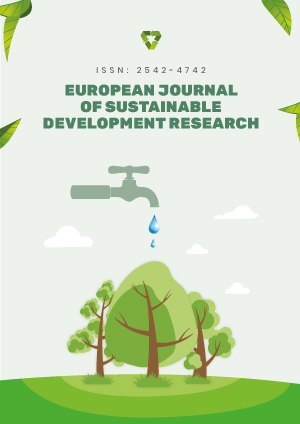Abstract
Biogas production is one of the renewable energy alternatives to fossil fuel consumption amidst a global rise in energy demand. In this study, goat manure was used as the substrate in batch-process anaerobic digesters, and the inoculum used was obtained from an existing biogas plant. The aim was to develop an empirical biomethane potential (BMP) of goat manure, develop a predictive model, and establish optimum process parameters for its anaerobic digestion using a response surface methodology. Proximate analysis of the substrates and inoculum was carried out according to American Public Health Association standards. An empirical BMP study was conducted on the substrate using the anaerobic biodegradation, activity, and inhibition protocol, and the effects of the process parameters on biogas yield from anaerobic digestion were investigated according to the central composite design generated by Design Expert 11 software (Stat-Ease Inc.). The results showed that goat manure has a dry matter content of 205.60 ± 12.64 g/kg and organic matter of 688.78 ± 18.02 g/kg of dry matter. The BMP was 0.49 ± 0.002 LCH4/gVS. Maximum biogas production of 650 mbar was recorded at a hydraulic retention time (HRT) of 60 days and a substrate-to-inoculum (S/I) ratio of 10:1. The significant mathematical model was linear, with a p-value < 0.0001. The optimum biogas yield was obtained at a S/I ratio of 0.5 and an HRT of 33.09 days at room temperature of 29 oC. The biogas composition was 58.53% CH4 and 41.47% CO2. The study established goat manure as a good substrate for biogas production. It also established a mathematical model to predict process parameters for optimum yield.
License
This is an open access article distributed under the Creative Commons Attribution License which permits unrestricted use, distribution, and reproduction in any medium, provided the original work is properly cited.
Article Type: Research Article
EUR J SUSTAIN DEV RES, Volume 9, Issue 3, 2025, Article No: em0295
https://doi.org/10.29333/ejosdr/16337
Publication date: 01 Jul 2025
Online publication date: 05 May 2025
Article Views: 1580
Article Downloads: 1295
Open Access References How to cite this article
 Full Text (PDF)
Full Text (PDF)